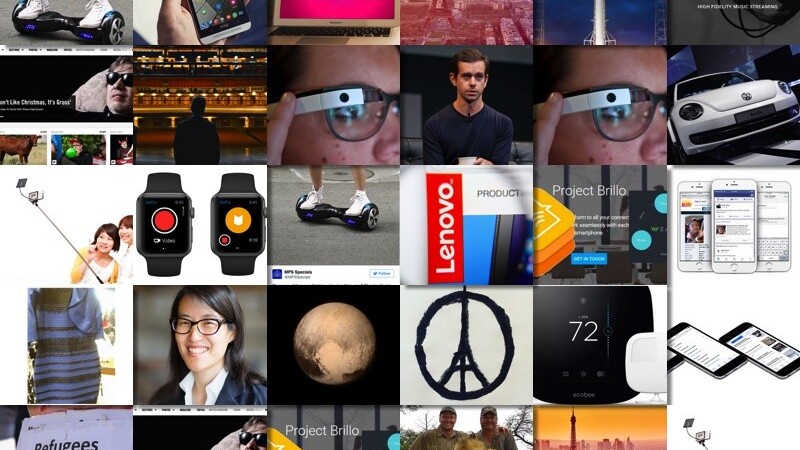
It’s been quite a year for technology. Apple made more profits than anyone else in history, Microsoft shrugged off its decade in the wilderness and Elon Musk finally, finally nailed that Falcon X rocket landing.
But there were some darker moments – and some straight up ‘dang, that’s ugly as hell’ parts of 2015, too.
Below I attempt to encapsulate what has been one of the most electrifying years (pun intended) in technology for quite some time. The next 12 months have their work cut out.
The good
-
New Horizons reached Pluto
On July 14, NASA published the first images captured by the New Horizons satellite. The craft had been in space for six years and covered more than three billion miles on its journey to the ex-planet. When it finally arrived, it sent back a series of status messages before it began transmitting these incredible images. 
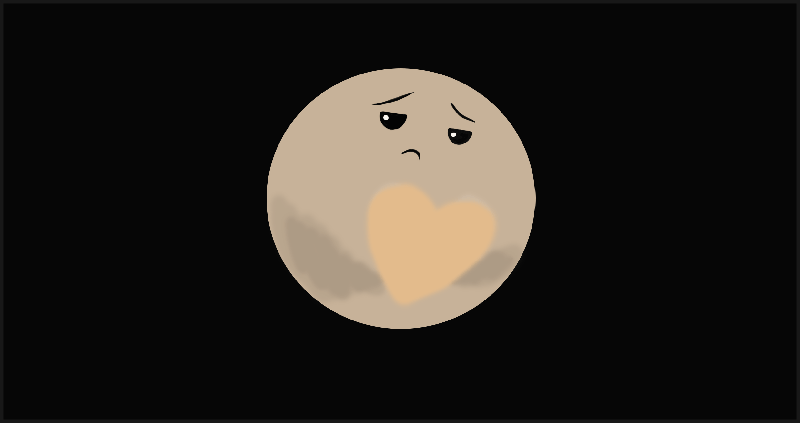
The IoT finally found its way into our lives
The Internet of Things, that phrase that has bounced round every tech journalist’s inbox for the past three years finally started to deliver products that consumers actually wanted to use. Apple’s Homekit ecosystem saw smart locks, thermostats, automated lighting systems, devices that can open your garage door and even smart plugs that you can speak to using Siri all become available. 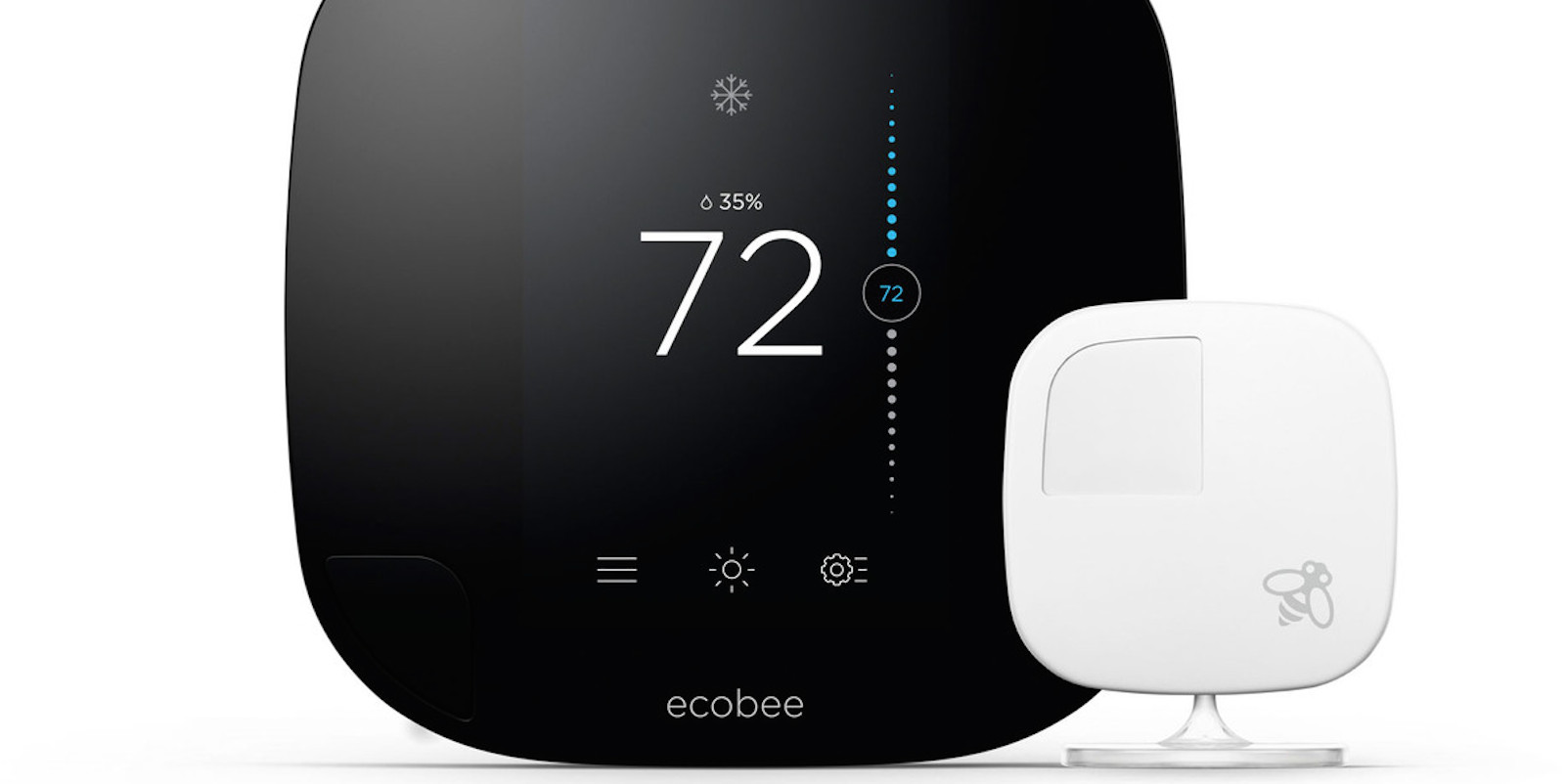
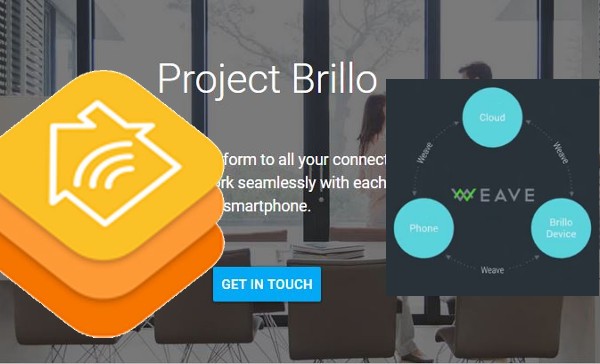
Hollywood has another go at Steve Jobs
Ah, the first point of contention. The non-factual retelling of the life of Steve Jobs. The critics were evidently mixed about it. But the public seemed to lap up Aaron Sorkin’s razor sharp dialogue and the three-act structure that managed to encapsulate the successes and multiple failures that helped create the myth that was Apple’s then CEO. 

News goes large
For the past decade, news outlets have been repeatedly thrown onto the scrap heap thanks to the relentless march of the Web. But this year saw a shift that says quality news has a bright future online. Buzzfeed received $200 million worth of funding from NBCUniversal. Vice Media too, got a $200 million injection from private investors. 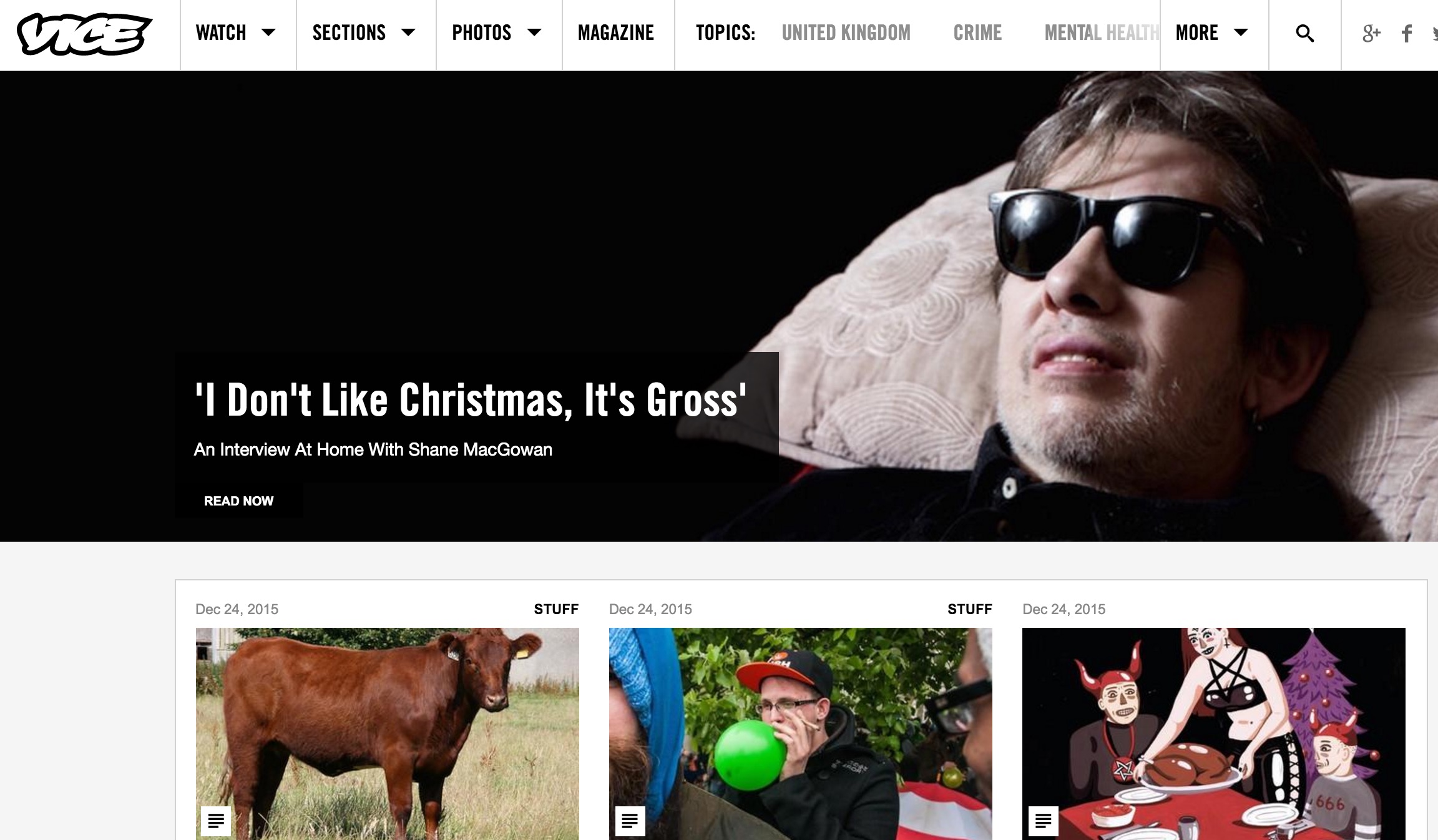
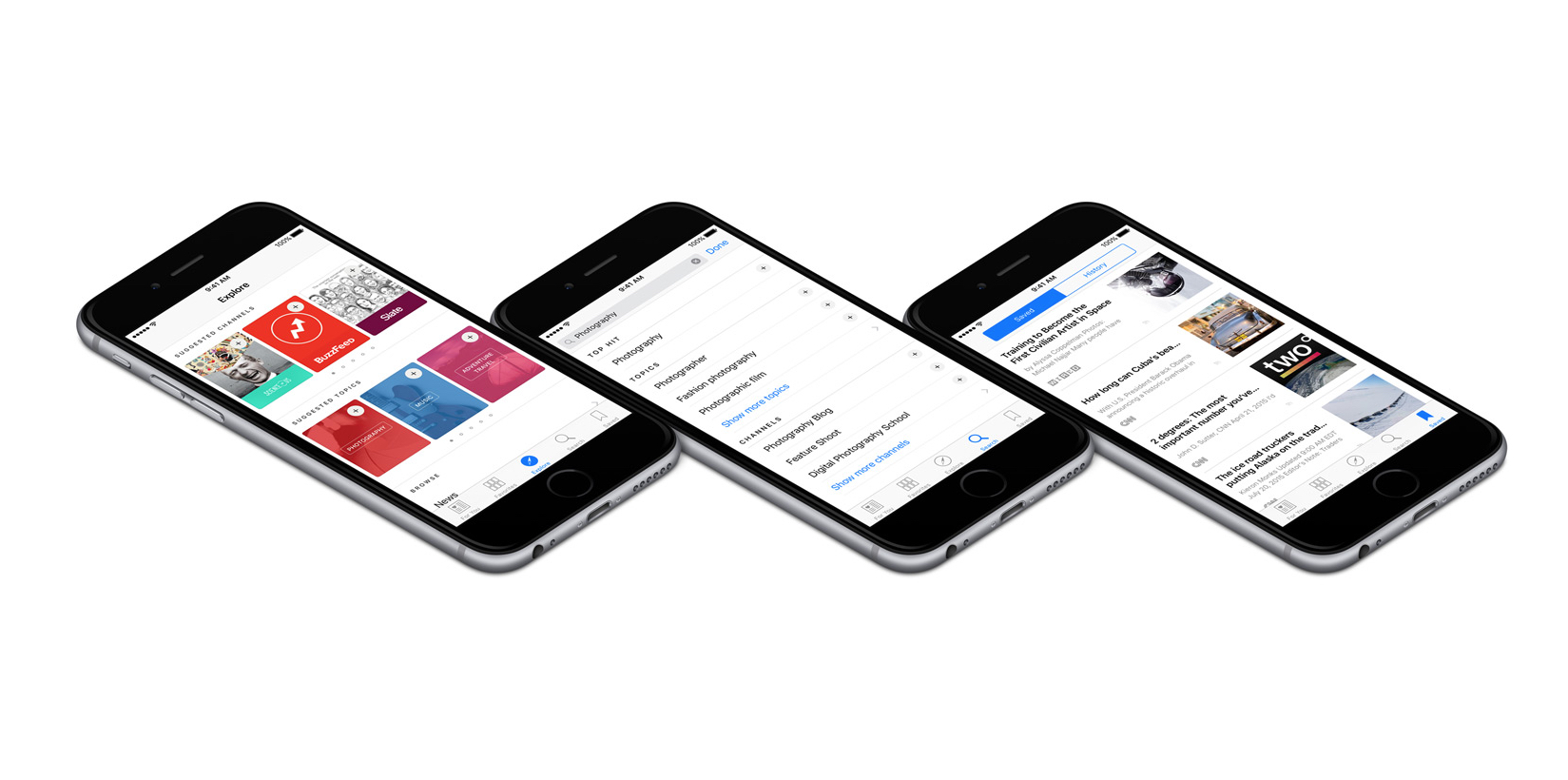

Jack Dorsey returns to Twitter
Jack Dorsey teased the world for a good three months this year when he was running both Square – his payments company – and Twitter – the social network he co-founded in 2006. Will he, won’t he? The press asked. 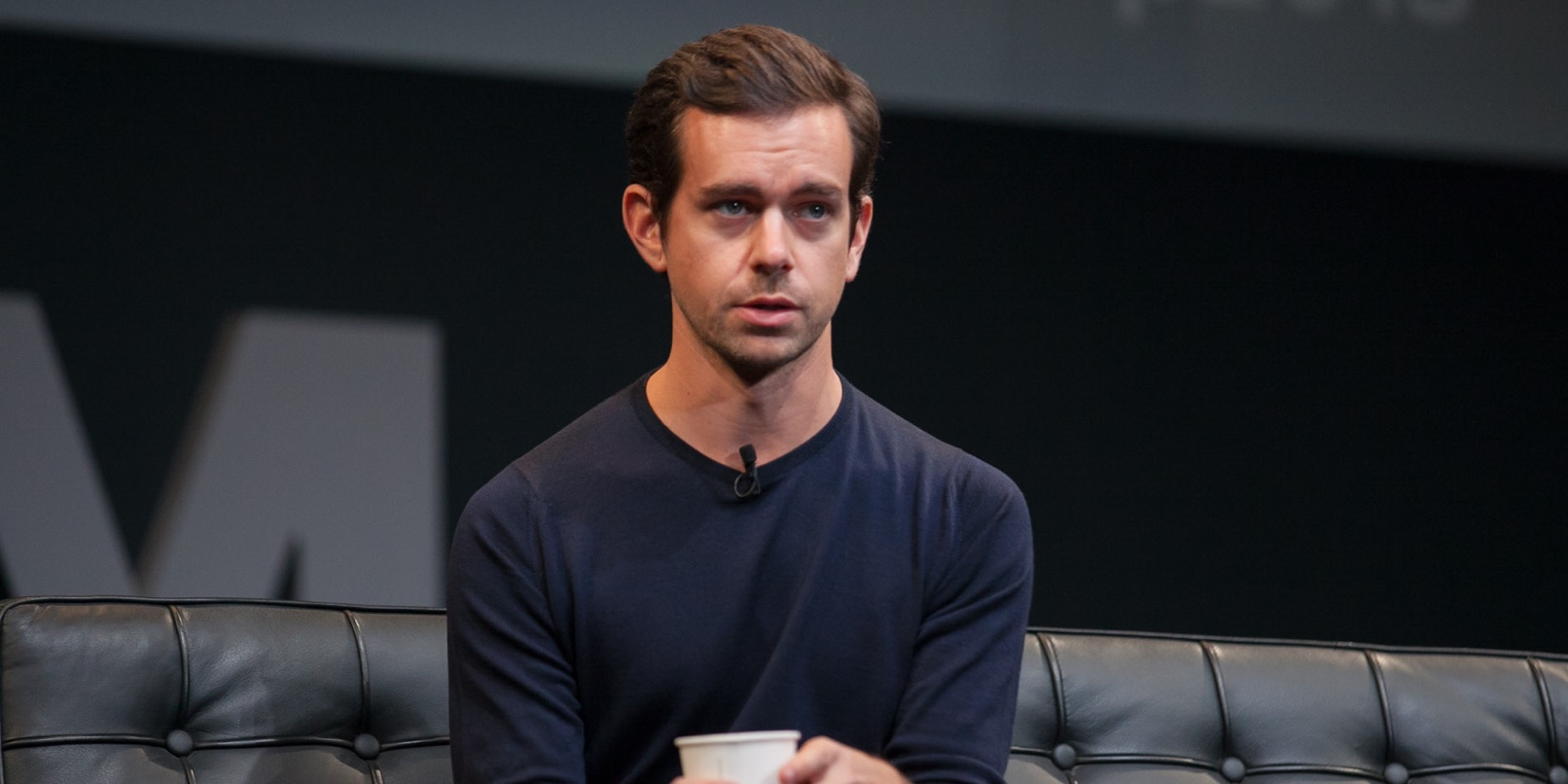

SpaceX nails that landing
After three failed attempts, Elon Musk’s SpaceX has finally managed to build a first stage rocket that can send a payload into space and return itself safely without any human interference. In December of this year, the Falcon 9 rocket helped put 11 tiny satellites into space at a fraction of the cost it used to cost NASA – remember when they had a space program of their own? 
What does this mean? We could be going to Mars – or rather the one percent – sooner than we think.
Facebook grows a conscience
In January this year, Facebook announced its AMBER alerts system. This new service allows the National Center for Missing and Exploited Children and local or state police to insert details of missing children directly into people’s News Feed as they log on to the social network. 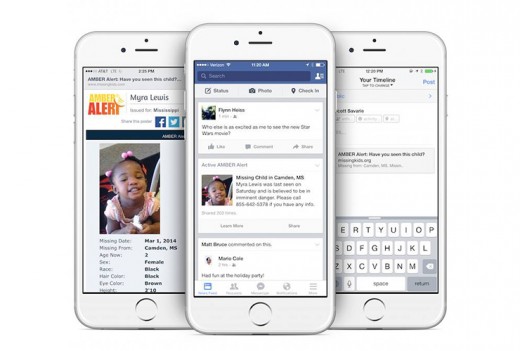
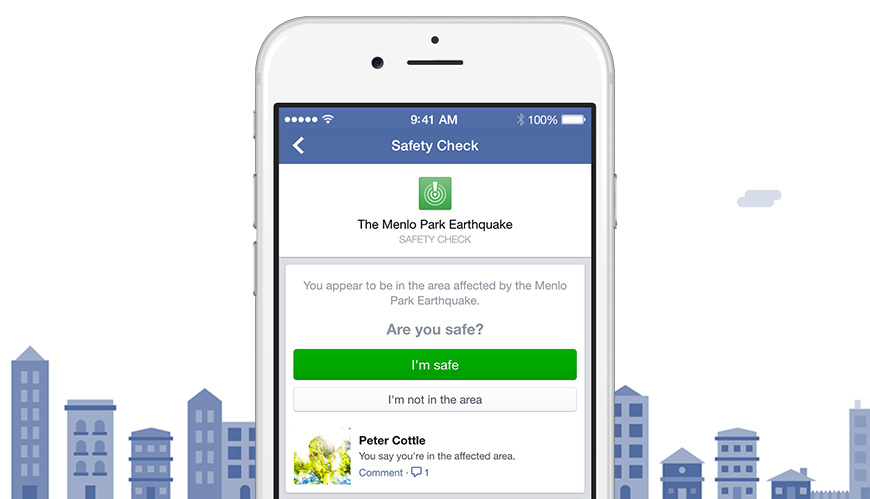
Apple attempts to reinvent the watch
It finally came. Apple’s move into wearables – although that term has now become utterly redundant as David Pierce recently pointed out in Wired – happened in April of this year. Since then it’s been a subject we have returned to time and time and time and time and time again. 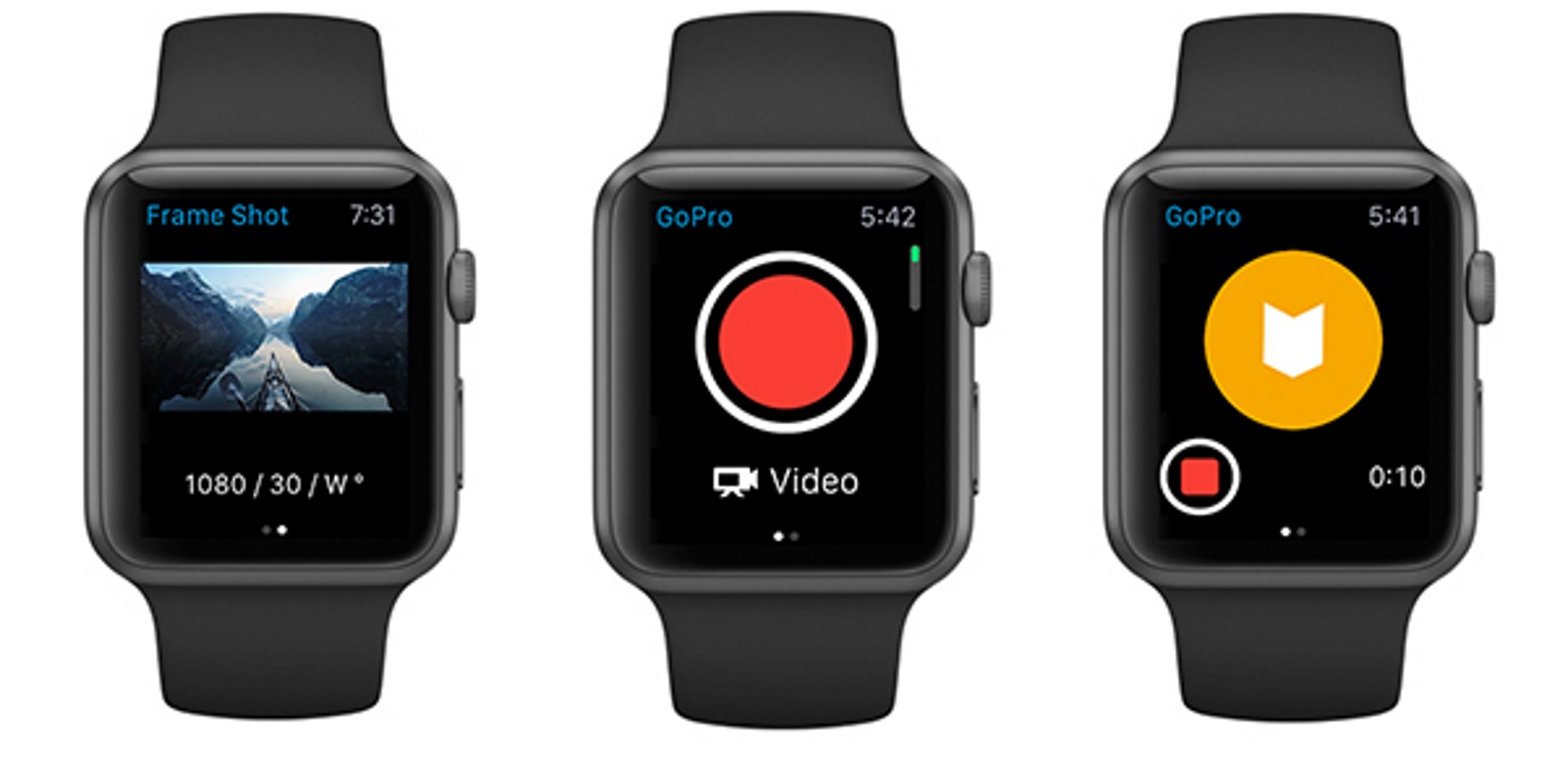
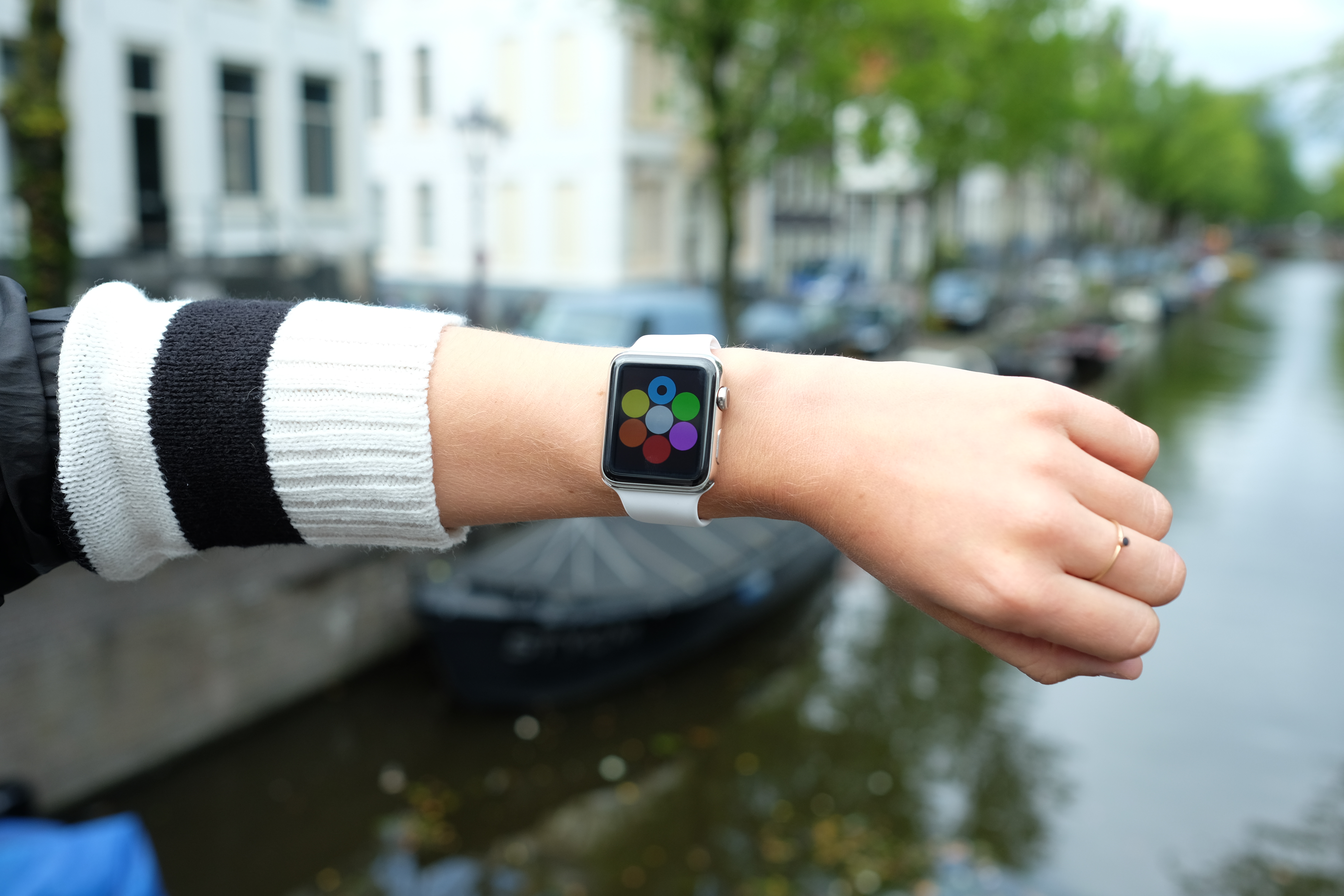
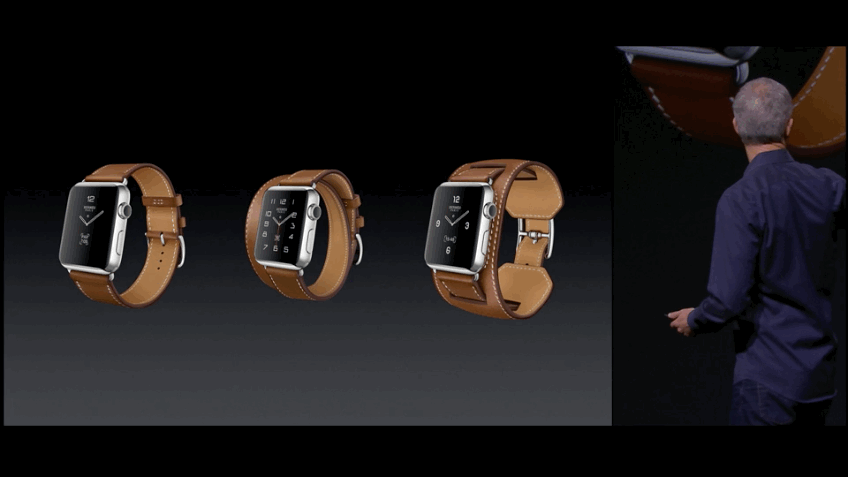
The bad
Volkswagen became a byword for cheating
Volkswagen had been steadily becoming, quite literally the ‘people’s wagon’ over the past two decades, with three of the 10 most popular cars ever built all belonging to the German marque. That was until September 18 of this year. The United States Environmental Protection Agency (EPA) announced VW had spent the last six years installing devices that helped its diesel cars cheat on emissions tests. 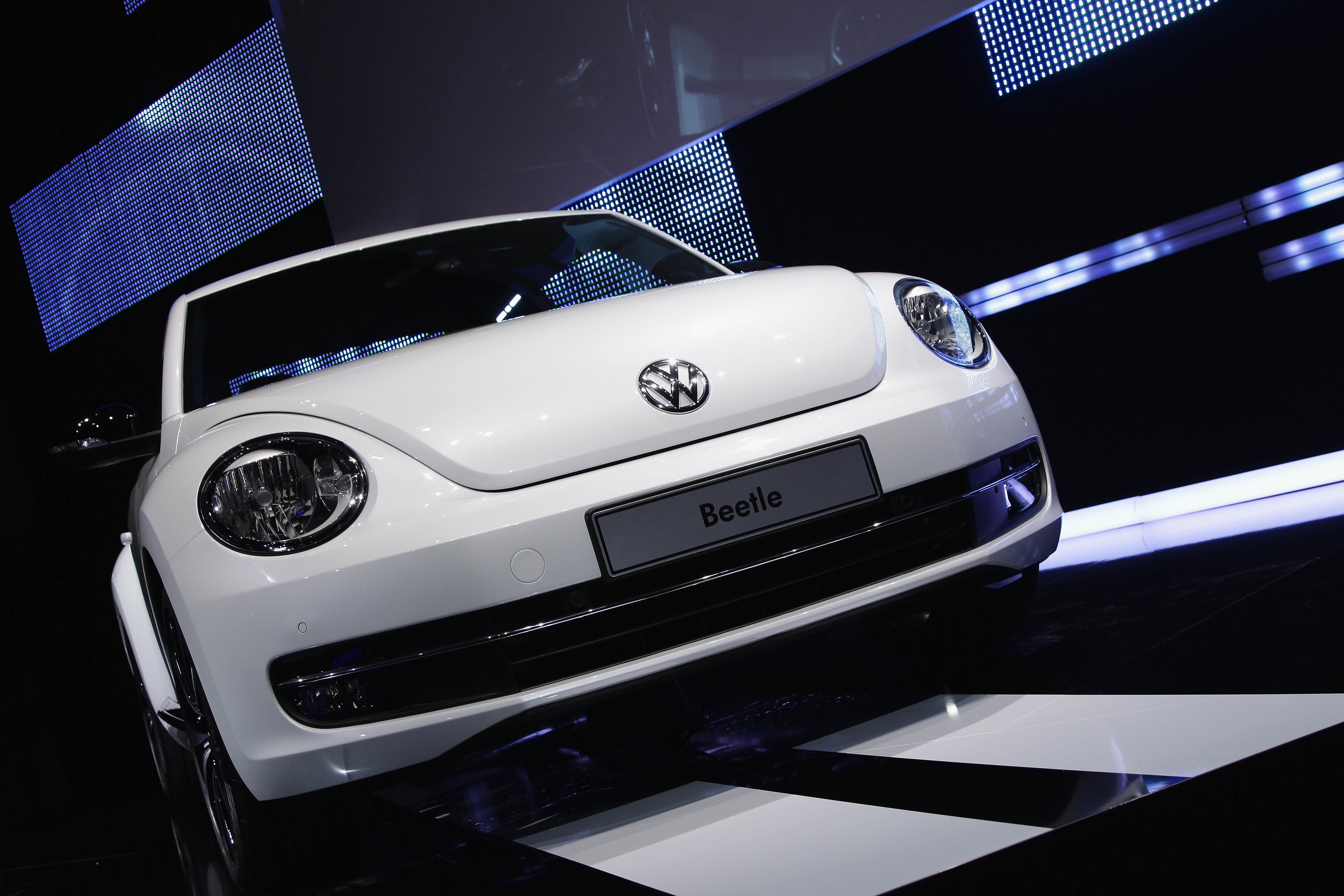
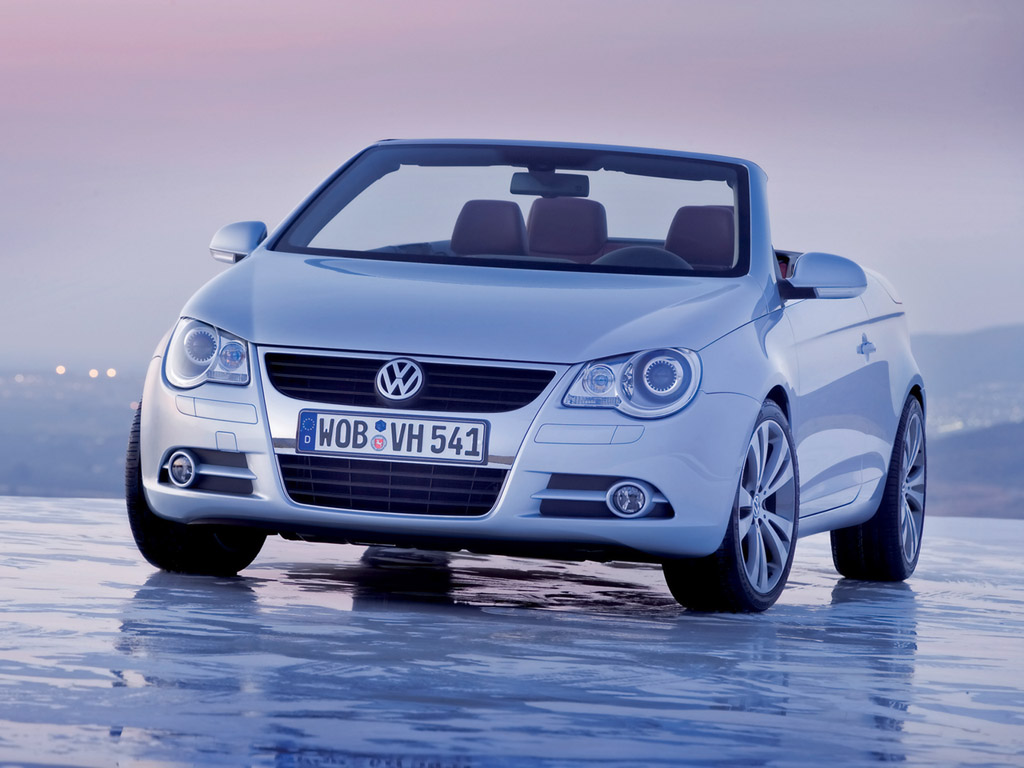
An affair to remember for Ashley Madison
The site specialising in extra-marital affairs – and upsetting just about everyone – was cruising towards an IPO that analysts thought would value the business at a cool billion dollars. But on August 19, that all came crashing down. 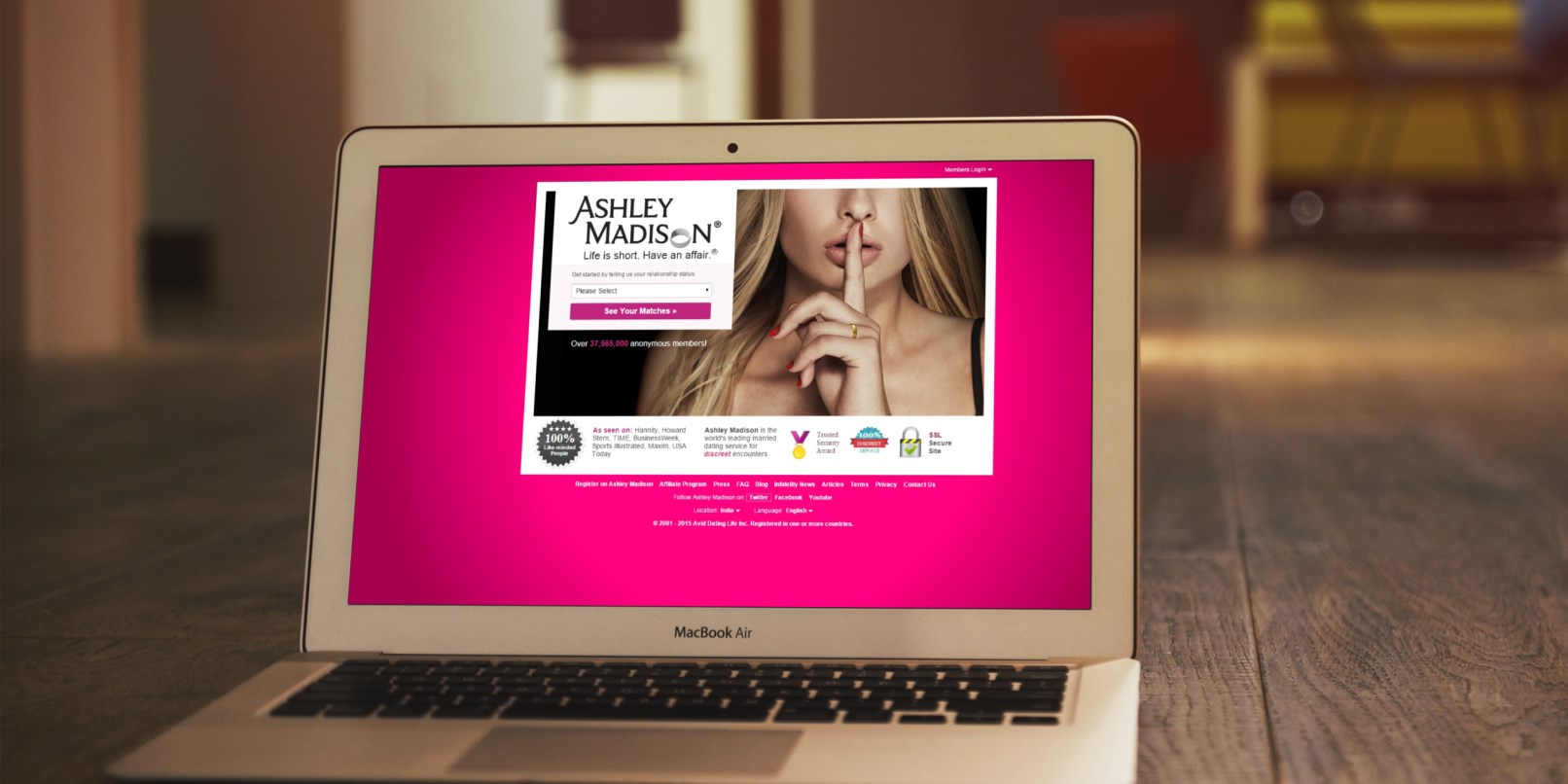

Wait, am I getting these numbers right – Re: Ashley Madison – 15,000 gov / mil addresses? I’m at like 14,900+ anyone confirm? — Steve Ragan (@SteveD3) August 18, 2015
What followed next, no one really saw coming. Victims of the hack were contacted personally by regular (non-digital) mail demanding $4,000 or the hackers would expose the user’s details to friends and family.
Some users, feeling trapped by the revelations, even resorted to suicide. It was a terrible footnote to a story that has become worryingly familiar: companies scrimp on security measures leaving its users – the very people who build these companies into the heralded unicorns – exposed to anyone with the time and will to do harm.
I would love to think this problem will be left behind in 2015. But I fear these types of stories are a sign of things to come.
The world helped, hindered and grieved online for Paris
On the night of November 13, on an unsurprisingly warm Paris evening, a group of armed gunmen attacked three separate sites in Paris causing the deaths of 130 people in just a few hours.
Within moments, the hashtag #PortesOuvertes followed by a residential address began to circulate on Twitter in the French capital. This simple and deeply empathic response was a call to the people fleeing the carnage to take shelter anywhere they could, including people’s homes.

At about the same time, another hashtag began to take hold in other corners of the Web. باريس_تشتعل, which translates to mean ‘Paris burns’ began circulating among alleged supporters of the perpetrators.
The social network became awash with anger, sympathy and frustration, targeted at Islam and politicians who many felt had blood on their hands.

Facebook opened its Safety Check tool to allow people to broadcast on the social network that they were ok. Zuckerberg’s company went one further by helping people to add a French flag filter to their profile pages in support.
The event surpassed the Charlie Hebdo attacks earlier in the year for the profound impact it had on the Web. It has always given birth to a new discussion about how tech companies, in the minds of some are aiding groups in carrying out terrible acts. Expect that discussion to continue in 2016.
Android catches Stagefright
In the summer, more than a billion Android smartphones became vulnerable to the Stagefright 2.0 virus. A follow-up to the original Stagefright, which infected phones through a MMS message – the updated version hitches a ride on mp3 or mp4 files viewed on an Android powered smartphone.
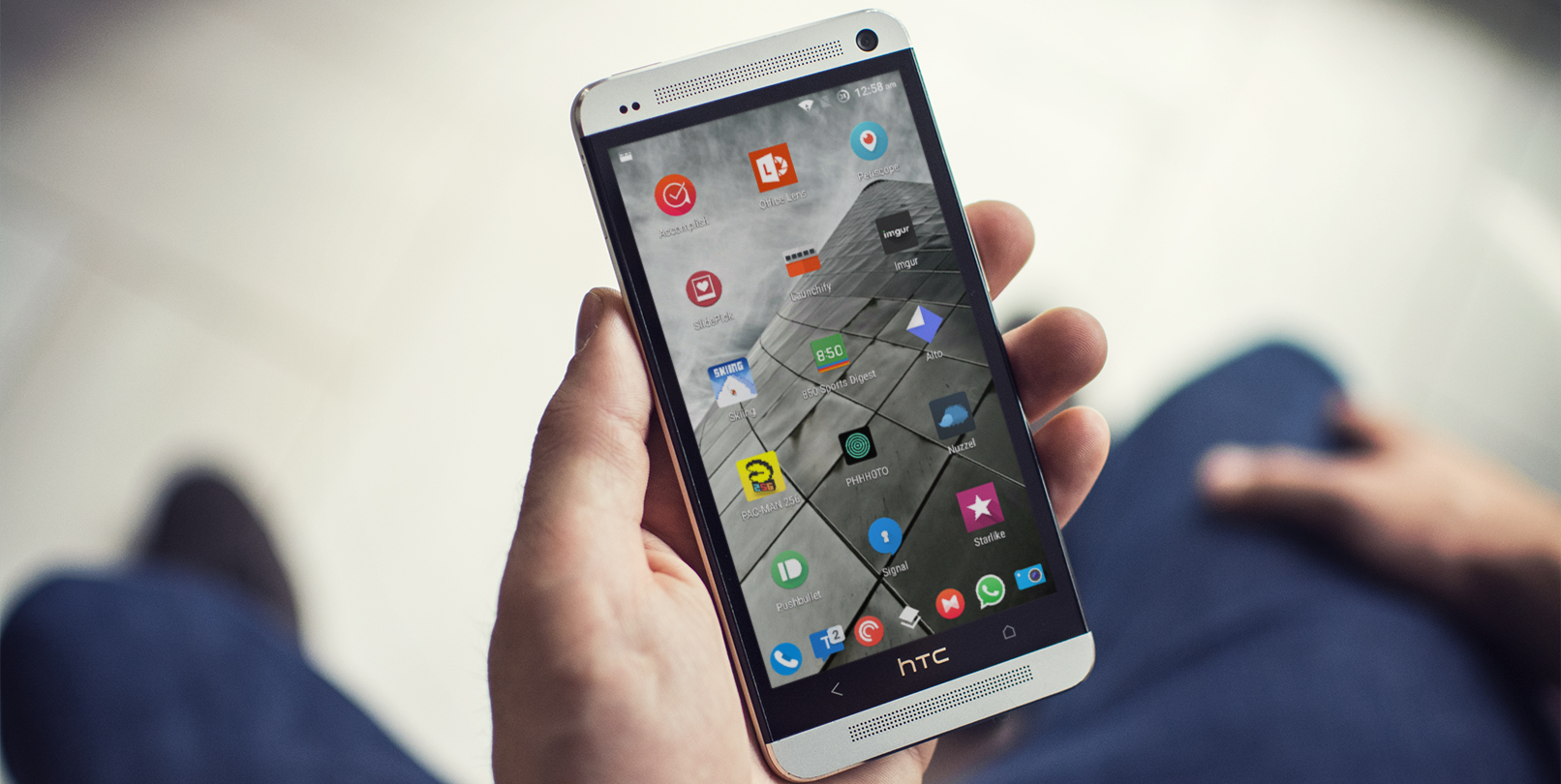
Once in, a hacker could use remote code to gain access to everything sat on a user’s device.
Thankfully, security company Symantec noted that there had been no reports of Stagefright 2.0 being exploited in the wild during the breach, but it was a reminder of the vulnerability of the Android operating system to viruses – a legacy that has threatened the operating system’s popularity for years.
Google Glass quits eyewear
Google stunned the world in 2013 when it announced its Google Glass program. The device, a piece of headgear with a tiny projector beaming images into your right-eye stoked the imagination of everyone who saw it.
It also spawned the phrase, “Don’t be a glasshole” and even became the root cause to a number of assaults on wearers. However in January this year, Google called time on its Glass experiment.
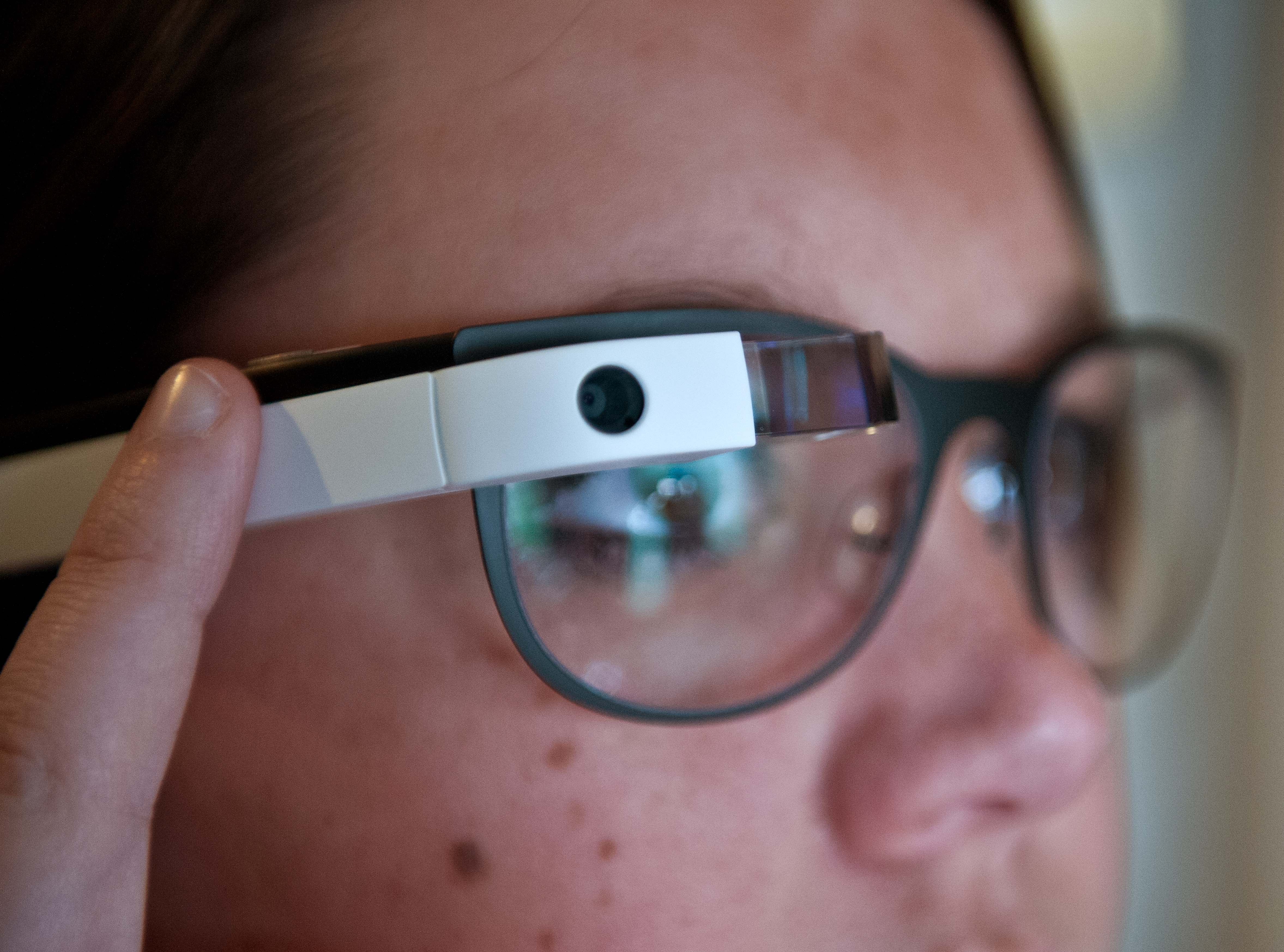
In a statement it said the team was being incorporated into the Nest team, indicating that the company envisions a very different future for the product.
Of course, Google hasn’t pulled the plug completely. Rumours are abound that a reboot of the device will be touted to enterprise customers and has been codenamed Project Aura.
But it was a sad day because Glass was a very brave attempt at trying to reimagine how we think (and wear) computers.
Lenovo caught spying on its users
The Chinese electronics firm was caught preinstalling software that compromised its users not once, but twice this year.
In February, users found a piece of sneaky software pre-installed on Lenovo machines. Superfish came baked in to Lenovo’s laptops, allowing the software to inject third-party ads on Google searches and websites without the user’s permission.
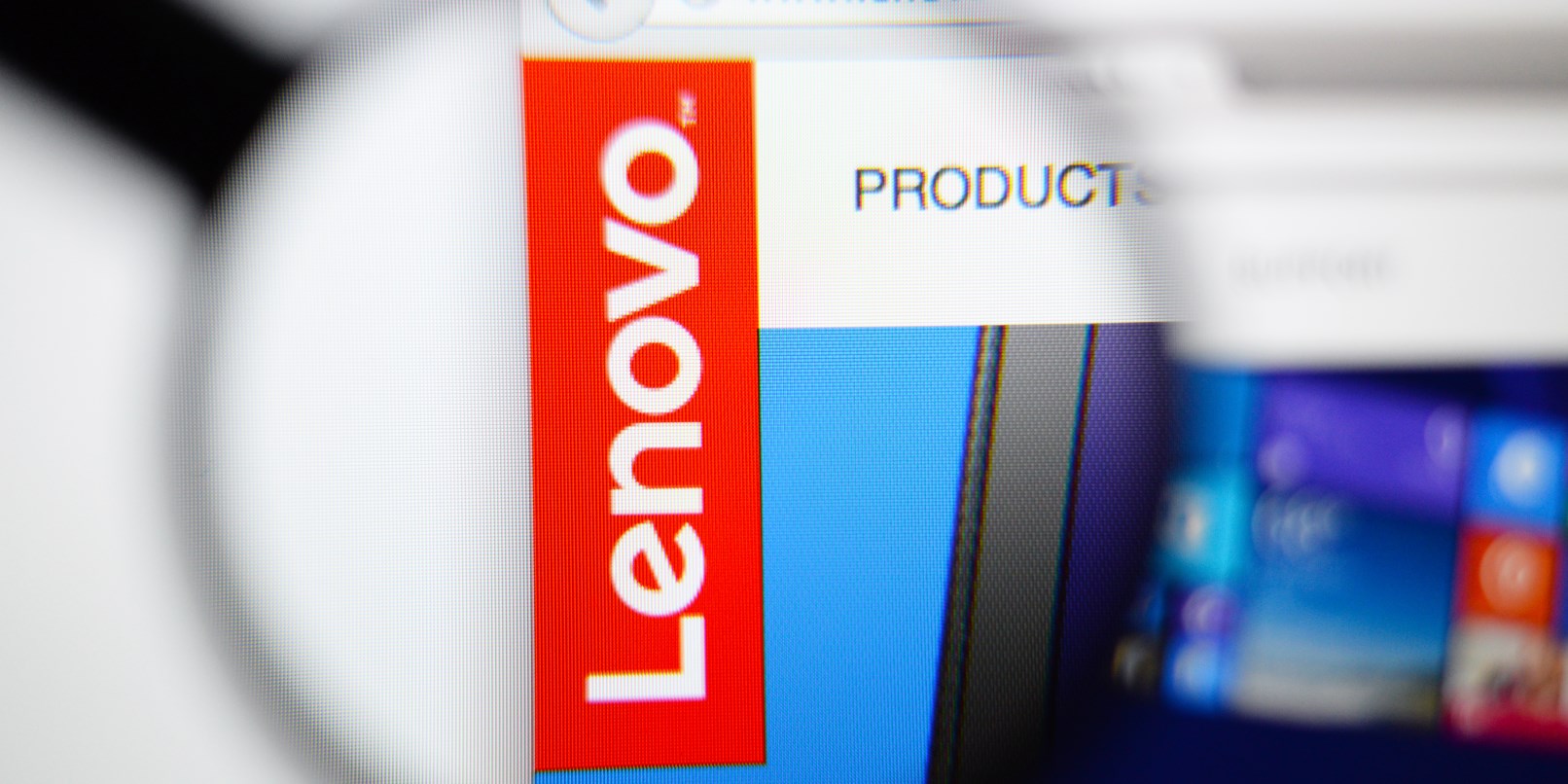
The company quickly posted instructions on how to remove the software, but it has left a bitter taste in the mouths of the tech community. Redditors described the act as, “one of the worst consumer betrayals ever”.
Then, in August, it was discovered Lenovo was taking advantage of a new Windows feature that allowed the company to obtain usage information from computers, again without permission.
In an age when privacy on the Web has become one of the most important topics of discussion in tech circles, knowing a company is actively conspiring against its users is deeply disturbing.
The ugly
Tidal was washed out to sea
In March Jay-Z announced he would be acquiring Norwegian company Aspiro, owners of the artist-owned Tidal streaming service.
The music industry seemed delighted at the news.
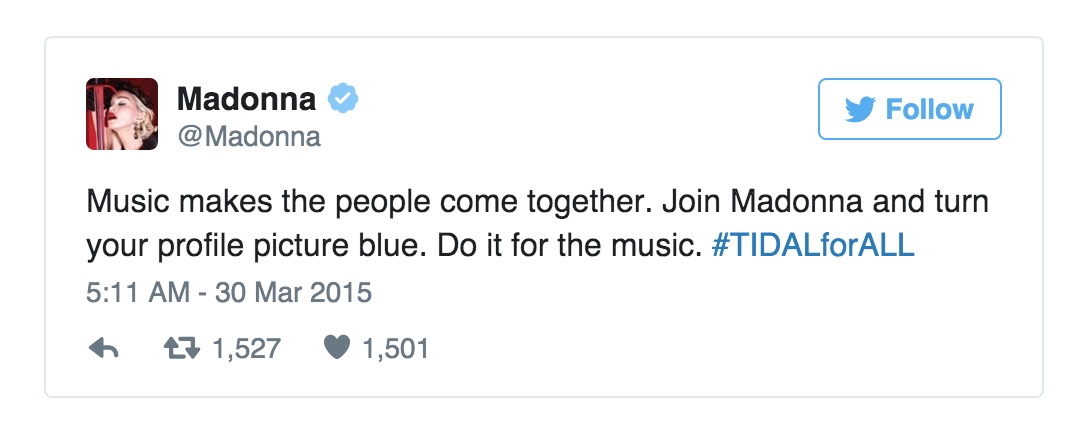
Mr Carter trotted out big names in music including Daft Punk, Madonna, Nicki Minaj, Kanye West, Chris Martin of Coldplay and more, to make a declaration that they as artists, are uniting against other streaming services and give the power back to them.
But within two months, things weren’t looking rosy. By June the company had forced out its second CEO within eight weeks of Jigga’s lauded takeover.
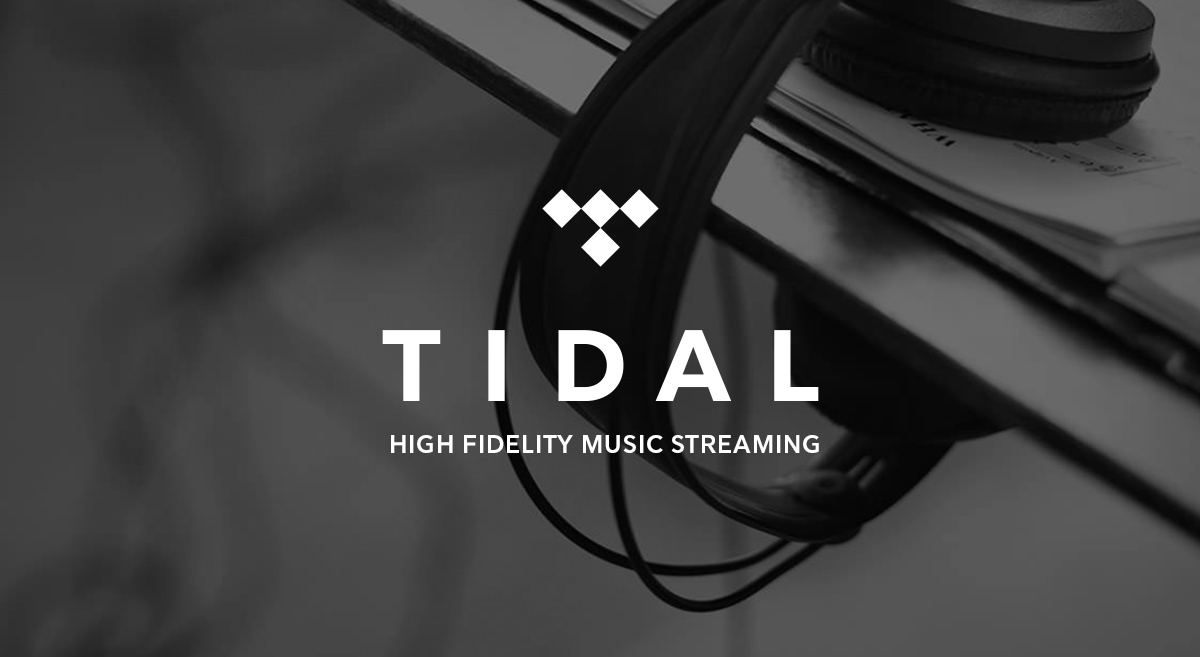
It had also dropped out of the Apple app store’s top 700 downloaded apps. While the company designed to support artists scrambled to find something to stem the flow of money and users into the loving arms of Apple’s own streaming service, Jay-Z seemingly forgot all about his new toy.
When queried over the nature of his work during a court case over copyright infringement, he replied,
I make music, I’m a rapper, I’ve got a clothing line, I run a label, a media label called Roc Nation, with a sports agency, music publishing and management. Restaurants and nightclubs … I think that about covers it.
Tidal has gone from media darling to a strange footnote that many at the company are hoping to forget.
Cecil the lion
During the summer, American dentist Walter Palmer traveled to Zimbabwe on what had become an annual tradition. Palmer was a big game hunter and he had found a professional hunter who shared his passion for shooting big game.

Theo Bronkhurst, the hunter who acted as a guide for Palmer had a special permit that allowed he and a select few to kill animals found outside national parks in exchange for a fee.
However, when Palmer lined up a lion in his sights and took aim, he had no idea that he was about to unleash the rancor of the world wide Web.
The slain victim of Palmer’s $50,000 hunt was Cecil the Lion, a much loved public figure in Zimbabwe. When news spread of the gruesome details in which Cecil was killed, millions took to social media to air their grievances.
After the grief came a digital witch hunt, in which the online community hounded Palmer.
.@lincolngreenie @sherrifflucy @HuffPostUK I feared that my tweets (eg condemning Palmer as “vile”) might have contributed to the witch hunt
— Richard Dawkins (@RichardDawkins) July 29, 2015
PETA, never ones to shy away from saying something controversial, called for Palmer to be hanged. Piers Morgan took to the Web to describe how we would, “sell tickets for $50,000 to anyone who wants to come with me and track down fat, greedy, selfish, murderous businessmen like Dr Palmer in their natural habit.
People even went so far as to trash Palmer’s dentist practice on Yelp.
However, in a strange silver lining, more than $1m has been donated to the conservation responsible for keeping lions in Zimbabwe safe, ensuring its future for the next three years.
The Web’s confusing relationship with refugees
This year there was rarely a moment when the international press was not talking about the plight of refugees trying to reach the fringes of Europe from far-flung corners of the globe.

Naturally the tech community responded in only it knows how: with a cacophony of opposing viewpoints and ideas that steadily became more extreme with every minute that passes.
Some of the responses harnessed the great minds at tech companies to create products to aid refugees in finding help and shelter. Expatt.org helped employers connect with refugees so the could find work. Nestle, BMW and Santander were just a few of the companies who were using using the service.
Google created a light-weight app that could help refugees arriving in Greece navigate the country’s crumbling information infrastructure.
Refugees themselves were creating online repositories for others to help find their way around in Berlin.
But at the same time, others took a more fearful view of those arriving at Europe’s gates.
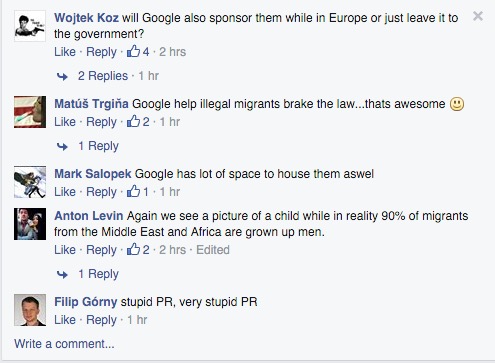
The Next Web’s comments section were filled with people believing this was a grab by Google to help it score PR points.
Normally respectable news sites went in search of clicks by repurposing photos found on Instagram to suggest that if refugees were beautiful they would be welcomed with open arms.
But despite this clash of ideas and ideals, the very act of discussing the problem helped change the discourse on how Europe and the world feels about people attempting to flee violence and political strife in favor of something better.
‘That’ dress
In February this year the Web lost its mind over trying to decide if the below dress was white and gold or black and blue.

It all started when Grace Johnston uploaded a picture of a dress that her mother was planning to wear to her wedding. No one could agree over what color the dress was and so started a small debate on Facebook. When Caitlin McNeill, a friend of the bride and member of Scottish folk band Canach saw the image she put it on her Tumblr blog and asked followers to wade in.
From there, well, it went bananas. The Washington Post described the dispute as the, “drama that divided a planet”. Others went so far as to suggest the dress might lead to an existential crisis. Buzzfeed, the site that first widely published the story dedicated two whole editorial teams to keep the story alive.
By the end of it all, the dress had been mentioned in 10 million tweets, and Buzzfeed had collected 37 million hits and a nice big hefty pay cheque from its advertisers who clamoured to be part of the Web melt down. The rest of us meanwhile, quietly muttered ‘really? REALLY?’ and tried to move on.
Ellen Pao calls out Silicon Valley’s bro culture
In February the culture of Silicon Valley was thrown under a microscope, when Ellen Pao took VC firm Kleiner Perkins Caufield & Byers (KPCB) to court over discrimination along gender lines.

Pao, who had been fired from the company in 2012 believed that during her time at the firm – who had invested in everyone from AOL, Amazon, Google, Zynga and Netscape – men were promoted ahead of women, that ideas coming from women were more quickly dismissed and that women who experienced sexual harassment received little support.
The courts disagreed with her, favoring KPCB. But 2015 wasn’t quite through with Pao. After the court case, she joined Reddit as interim CEO. Pao set about trying to scrub out some of the darker corners of the community by attempting to curb hate speech and revenge porn from circulating freely on the site.
But alas, she was met with fierce and disturbing criticism. During an interview on radio show ‘This American Life’ she explained how a troll had posed as her dead father on Twitter to harass her.

Ellen Pao dared to call out Silicon Valley for the ingrained bias against women. Female CEOs account for just four percent of S.&P. 1500 companies — fewer than men named John or David — and 5.6 percent of senior partners at venture capital firms are women.
As a result she was chewed up and spat out.
Hoverboards
In 2015, hoverboards became a device consumers fell in love with. But authorities the world over seemed to absolutely loathe them.
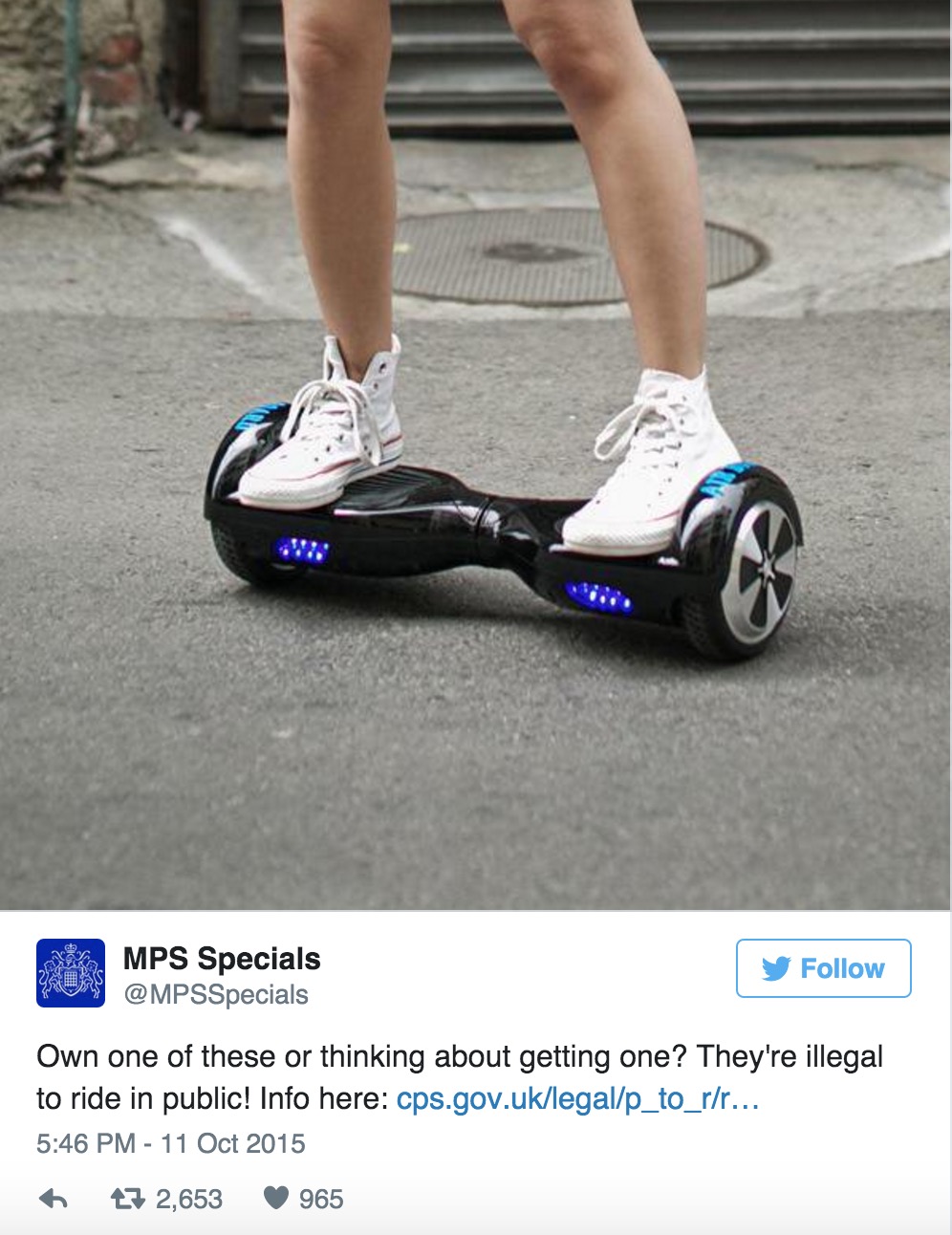
In London, Metropolitan Police took to social media to proclaim these ‘self-balancing scooters’ are classed as a vehicle, making it an offence under the Highways Act to ride them on the pavement. In New York, Police said anyone caught riding them along any of the city’s sidewalks faces a $500 fine. In Australia, the state of New South Wales made them illegal just about everywhere and colleges are even turning their backs on them.
And then the accidents came. In December, a teenager died after colliding with a bus while riding a hoverboard. Emergency services also started to report an alarming number of call-outs involving hoverboards spontaneously combusting.

Amazon even sent a message out to those who had bought hoverboards through its platform to throw them away as they’d become a fire risk. The humble hoverboard went from must-have gadget to health hazard in a matter of months.
The world says no to selfie sticks
In 2014, Time Magazine proclaimed the selfie stick as one of the best inventions in 2014. This year however, the world turned its back on the monopod designed to help people take better photos of themselves. First up Disney banned the use of the devices from its theme parks as a direct result of a customer on a roller coaster in the Disney California Adventure park trying to use a selfie stick while on the ride, which led to the ride being shut for an hour.
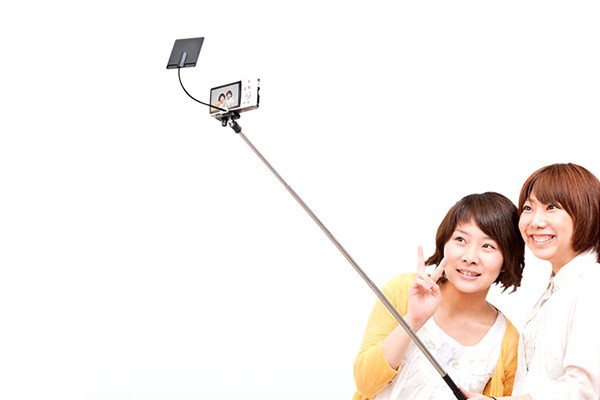
Then other tourist attractions began to follow suit. The annual Wimbledon tennis tournament threw them out, as did Versailles, Rome’s Colosseum and even festivals including Coachella. Perhaps the final nail in the coffin for acceptable use of a selfie stick came when Pope Francis denied pilgrims an opportunity to pose with the pontiff.
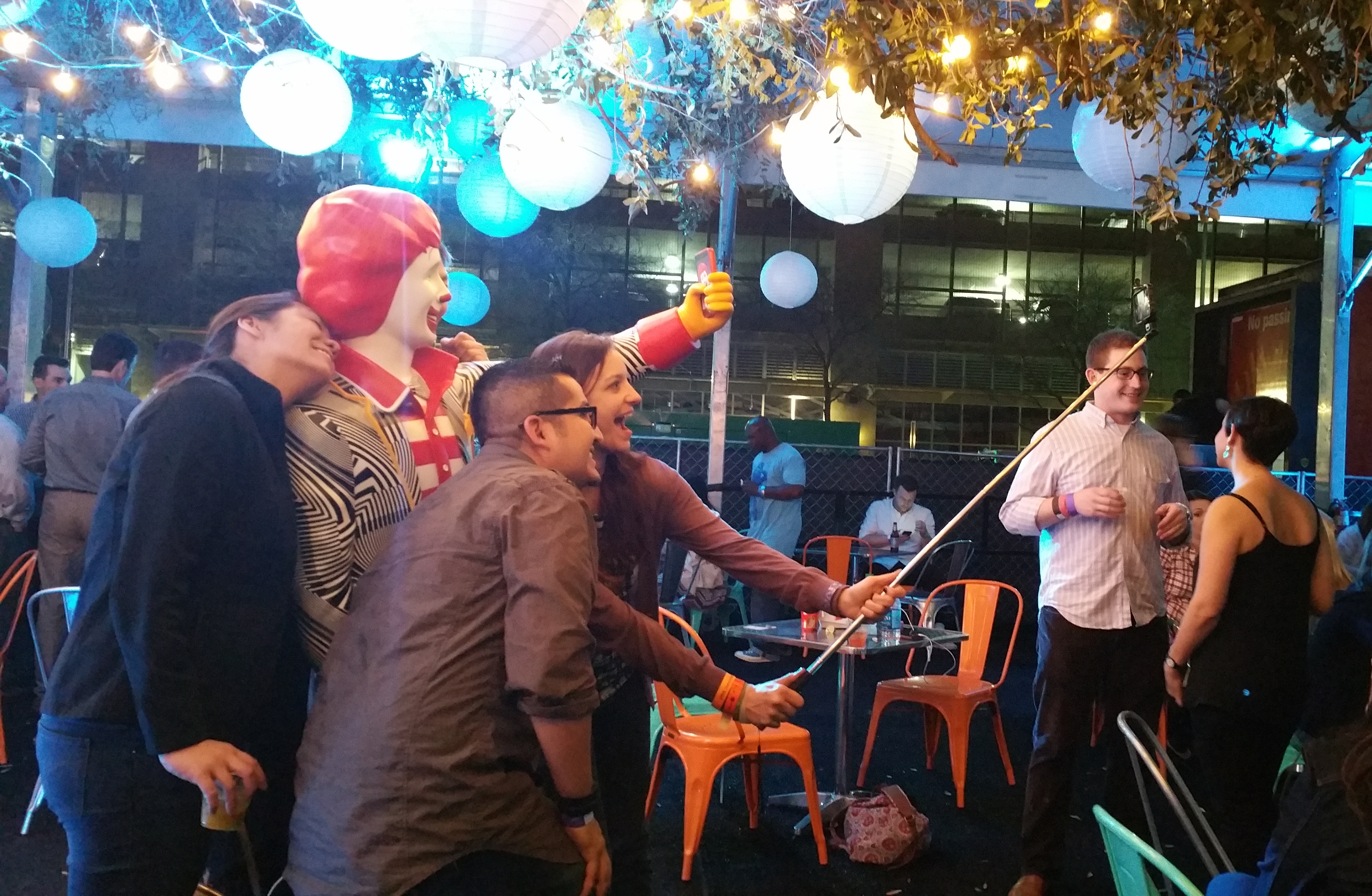
When the papal circus rolled into Washington D.C. earlier this year, the Secret Service added the humble stick to its list of banned items which also included, rather strangely, balloons and bicycles.
Well there you have it. It’s been a fascinating 2015. But we are pretty pumped about what lies ahead in the next 12 months.
Get the TNW newsletter
Get the most important tech news in your inbox each week.





